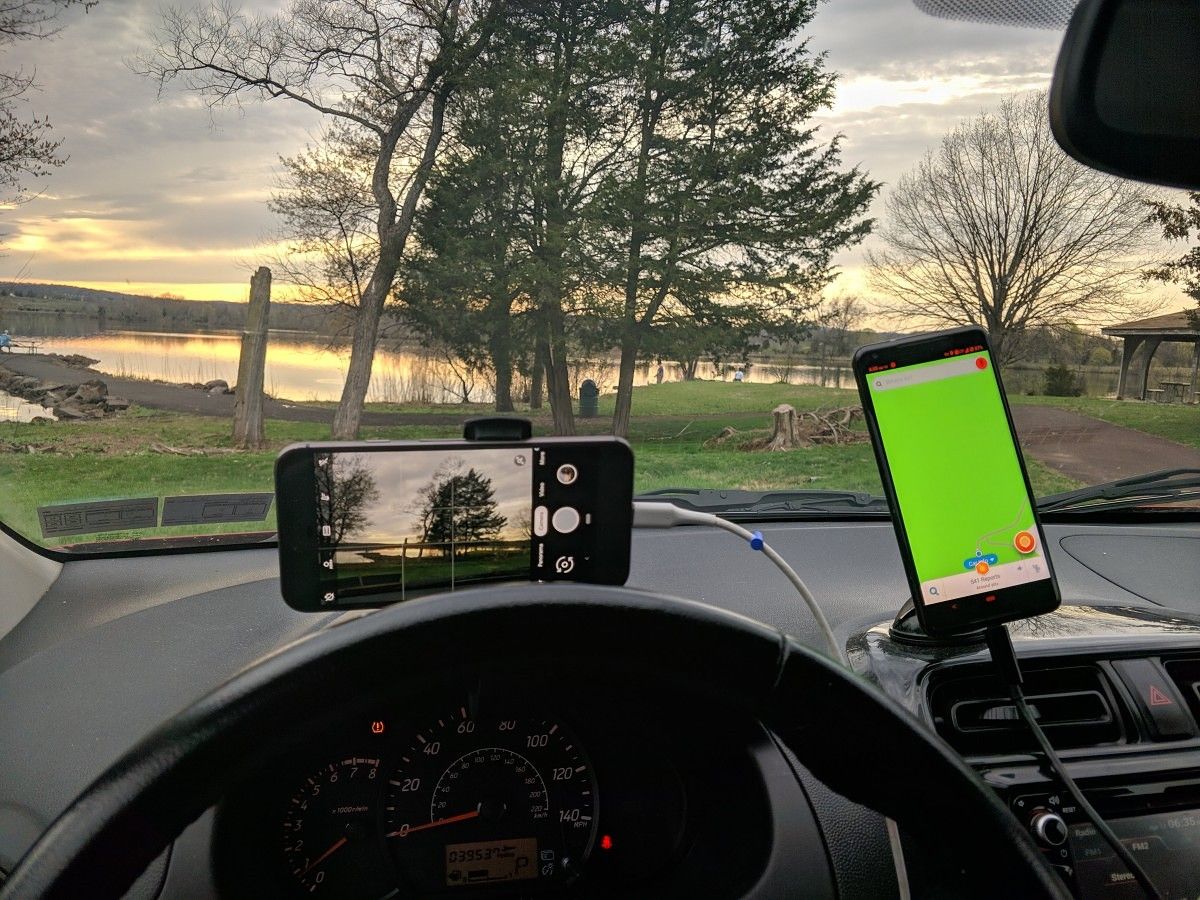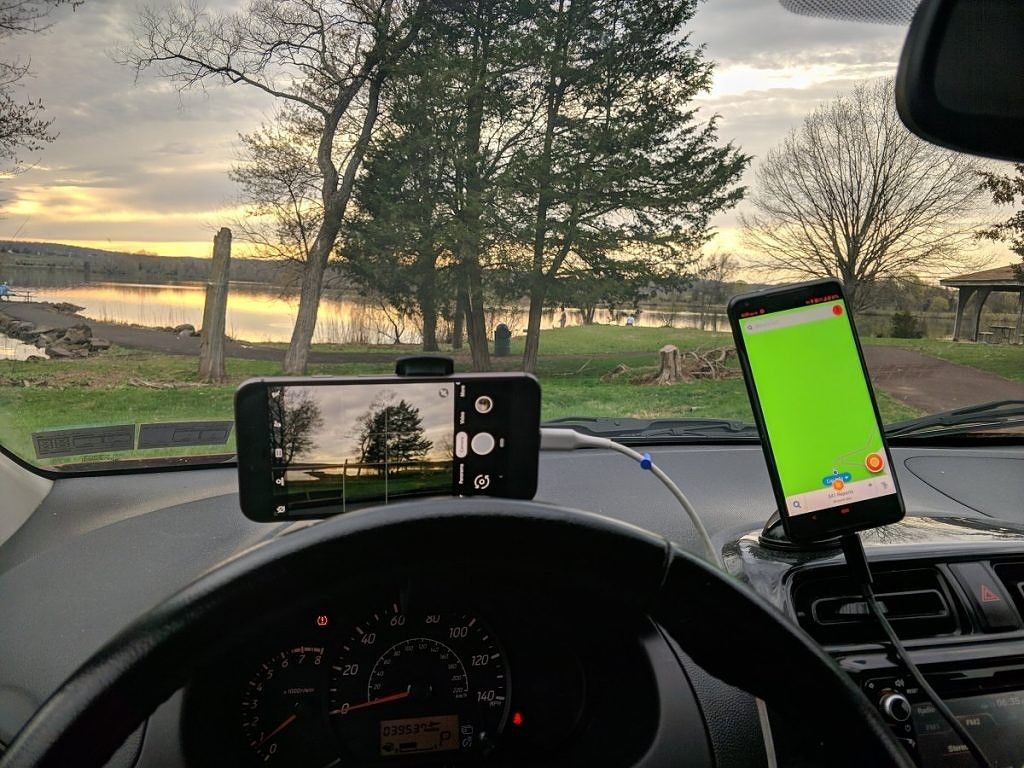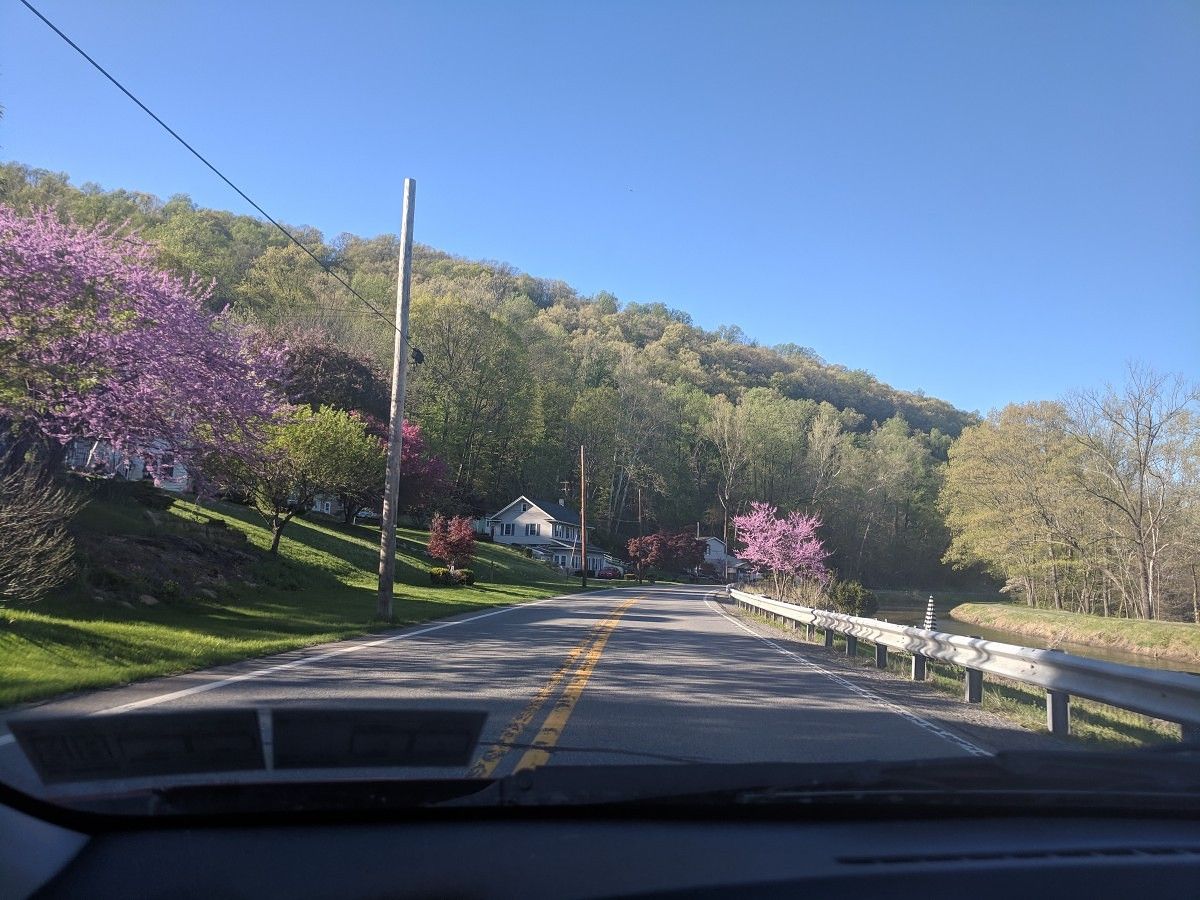While there are often trade-in offers and venues where you can sell your old phone when you're ready to upgrade, the notoriously rapid depreciation of smartphones might make it a better idea to simply keep your old handset. This is especially so when you can give it new life as a media player, digital picture frame or, in my case, a dash cam.
There are several pros and cons to repurposing an old phone into a dash cam as opposed to getting a dedicated dash cam. On the plus side, you'll save some money, anywhere from $25-$200, depending on the quality of the dash cam. Also, most dedicated dash cams have small viewfinder displays and tiny controls (the latter can be difficult, even dangerous to operate while you're on the road). Furthermore, smartphone cameras have improved markedly in recent years, meaning you can record videos and take still shots at higher resolutions than what many dash cam devices offer. Finally, you often have to buy a separate SD card to store the videos and photos.
On the other hand, dash cam smartphone apps often crash unexpectedly and you're limited to only recording in one direction at a time (some dash cams offer you the option to record inside the car as well as outside simultaneously). Also, the higher-end dedicated dash cams have wide-angle lenses and better quality in low-light conditions.
If you want to go the repurposed smartphone route, here's what you'll need:
- Your old phone, preferably with a rear camera capable of recording at least 720p video
- A dashboard phone mount, preferably one that allows for landscape orientation
- A car charger, preferably one with at least two charging ports if you want to use your current smartphone as a navigation display
- A charging cable at least 4 feet long, preferably the one that came with your phone
- A dash cam app from the Play Store
What I used:
- A 128GB Pixel XL (currently available for as low as $200 on Swappa)
- A Mohr Auto Gear dashboard mount ($13-$20 depending on active promotions)
- A dual-port car charger ($10. As an Uber driver I need to also have my current phone mounted on the dashboard to use the Uber app and for navigation purposes)
- Original Pixel XL charging cable
- Autoboy Pro dash cam app (though I wouldn't recommend it - more on that later)
You can see my setup in the picture below:
Here are sample still shots at daytime and nighttime taken by the dash cam app I used:
Here is a daytime video I recorded using Autoboy Pro (you might need to manually set the playback quality to 1080p if you're on a high-bandwidth connection):
Here is a nighttime video I recorded using the same app (you might need to manually set the playback quality to 1080p if you're on a high-bandwidth connection):
The main problem I experienced with Autoboy is the frequent crashing, especially when running it in background mode, though this may be due to my Pixel XL running the Android Q preview. If you're on Android Pie, I'd recommend Autoguard - I had started with this one, but when the second Android Q preview build rolled out I was no longer able to use the pro unlocker, whereas the pro unlocker for Autoboy still worked.
In my experience, using a dash cam app was a bit dodgy on Android Q. It's worth a shot on Android Pie if you want to avoid any "your word against mine" scenarios. Personally, I find the large display and Android interface more comfortable than the tiny controls and display of a dedicated dash cam. Hopefully, dash cam app developers will find an easy way to run their apps in the background when Android Q reaches final release.
If like me, you just want a quick and easy way to preserve scenery while driving through it (like the photo above), using Google Camera on a repurposed Google Pixel phone beats a dedicated dash cam nearly every time.



